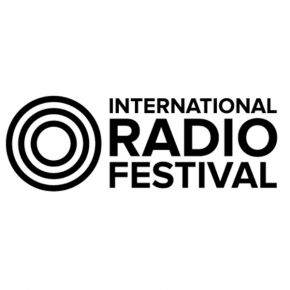AIR digitisation to cost Rs 59 bn, I&B proposes immediate release of Rs 8 mn
NEW DELHI: While the Planning Commission in a report had said that a sum of Rs 59 billion would be required over the next ten years for digitisation of All India Radio, the Information and Broadcasting Ministry has now prepared a proposal for Rs eight billion for expediting digitisation in AIR, to be shortly placed before the Cabinet.
A senior official of the Information and Broadcasting ministry told Radioandmusic.com that the government is confident of meeting its deadline of complete digitisation of the electronic media by 2017.
Doordarshan and AIR, which beam terrestrially to reach all over the country, have both stepped up the process of digitisation. Digitisation will free up spectrum currently used for analogue transmission, allowing more channels to come in.
All India Radio has 374 transmitters as compared to 299, when Prasar Bharati was formed. But 200 new AIR transmitters have been approved in spillover schemes under the 11th Five Year Plan.
The Planning Commission, in its report on Going Digital presented in October 2006, decided to go in for 100 per cent digitisation of FM radio and five short wave radio stations. Thus Prasar Bharati would require Rs 94.31 billion over a period of ten years.
As far as AIR is concerned, an outlay of Rs 36.8 billion is meant for the infrastructure required for digitisation, which includes Rs 5.35 billion for external services (short wave transmission).
The Commission said the revenue generation capacity is expected to increase and it is expected that just over Rs 169 billion would be earned by Prasar Bharati during this period. However, with the Commonwealth Games being held in 2010, Prasar Bharati could substantially increase its revenue earnings if it can embrace new technology in its content creation as well as in transmission.
The new Broadcasting House at Delhi which is now the headquarters of AIR and employs fully digital studios and state of the art technology has been commissioned for this task. A substantial part of AIR's archival material which was in analogue form has since been digitalised.
AIR proposes to move towards full digitisation of the studios by converting all studio equipment including digital wiring /connectivity etc to digital mode. The stations are proposed to store all their recording in central servers with storage to be set up at Delhi. The central storage site will also have a disaster recovery site.
The Central News Division at the new Broadcasting House in Delhi has been digitised and all the regional news units would be digitised and networked during the 11th Plan period (2007-2012).
At present, AIR employs transmission in MW, SW and FM band in analogue mode only. Only one Low Power DAB transmitter at Delhi has been set up for experimental purposes.
Keeping in view the worldwide trends of transition in digital mode, AIR plans to introduce Digital Radio Mondale (DRM) transmission below 30 MHz.- MF and HF band - by upgrading its existing DRM compatible transmitters. All new transmitters including the replacement of old transmitters would be done by DRM compatible transmitters. For transmission above 30 MHz introduction of DRM + and DAB are being examined.
However, all digital transmission as and when introduced, will be in simulcast mode for about 10 years. This would be necessary as receivers in the beginning may prove costly. Once the receivers become affordable by the masses, the simulcast mode would be phased out.
With a view to provide digital quality direct sound broadcast to the listeners, it is proposed to expand the existing DTH services during the 11th Plan.
AIR has plans to introduce its audio multimedia contents both in satellite and terrestrial mode to the mobile hand held devices in DMB/ DVB-H/ other standards.
It is proposed to use the Internet platform to serve listeners having internet connectivity. This will support non-linear listening. Though no additional spectrum is required for DRM transmissions in MW and SW band, additional spectrum would be required for DRM transmitters in FM and VHF band as well as �L' Band.
During the migration from Analogue to Digital Radio, new frequency assignments are to be identified to facilitate smooth migration and for some time, both the existing analogue transmissions as well as new digital transmissions would continue. Hence, there will be spectrum constraint during this transition phase. Also, the spectrum for digital migration may need to be identified for both Prasar Bharti as well as private FM broadcasters.














